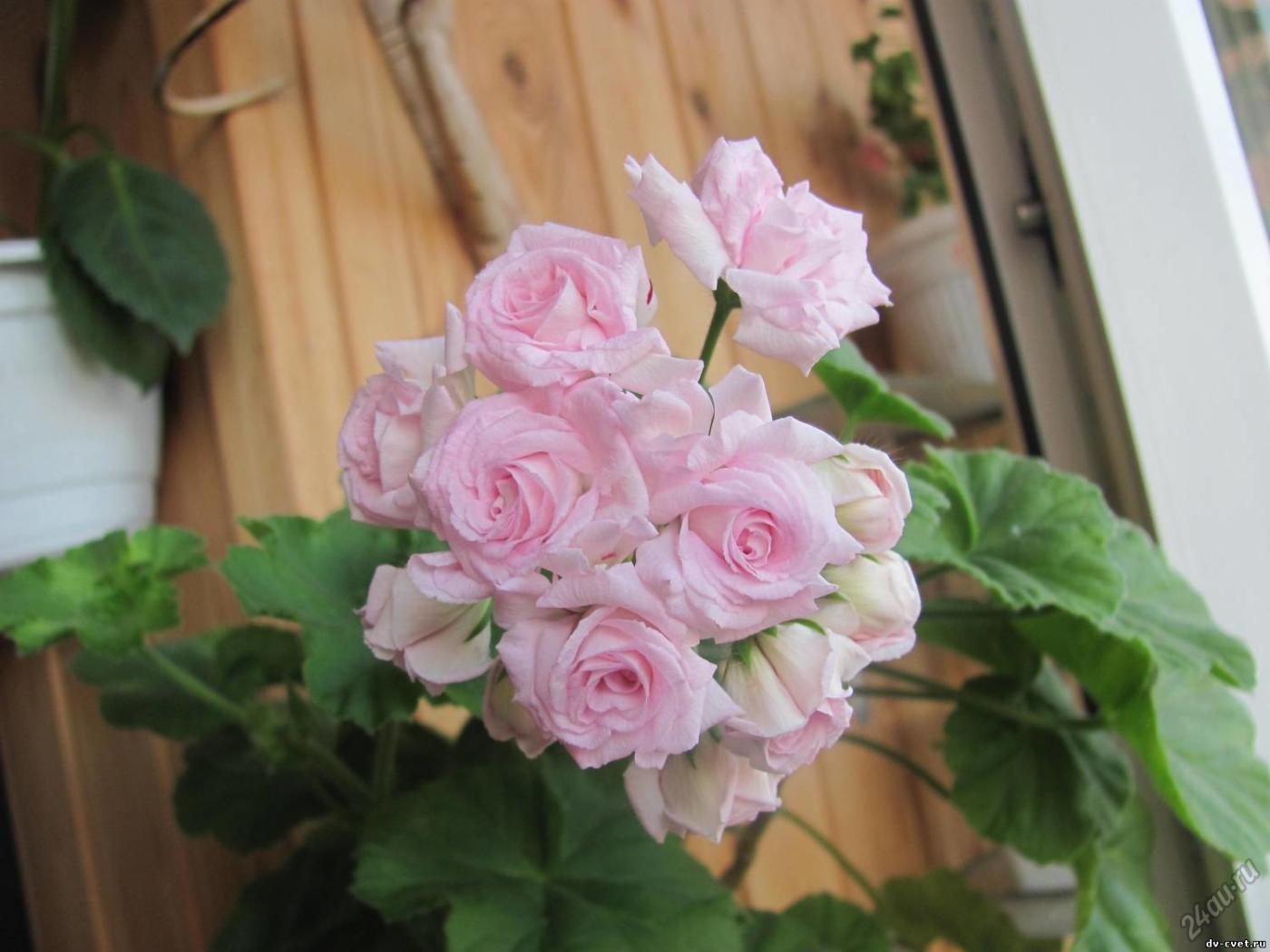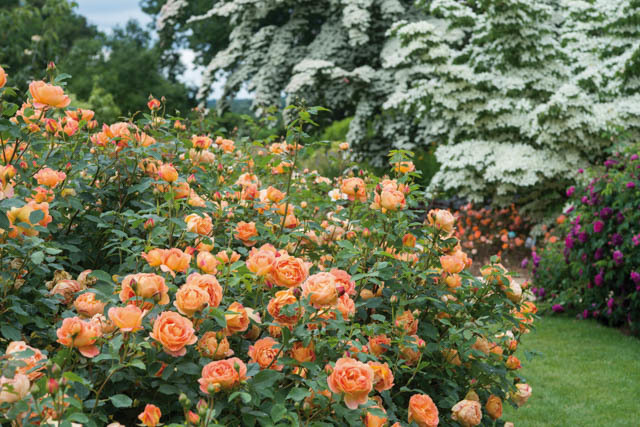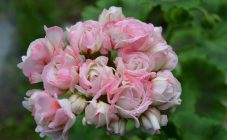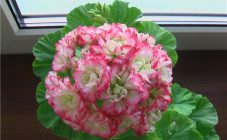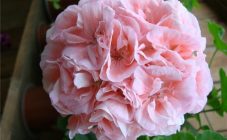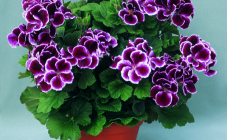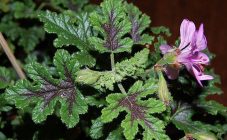Pelargonium Millfield Rose is widely used in Russia. She is loved by many flower growers for beautiful spectacular flowers, ease of care. The natural habitat of Pelargonium is South Africa. There are more than 340 species of this culture in the world. One of the most common representatives is Pelargonium Milfield Rose. It belongs to the Ivy group - hybrids. This means that it has the qualities of zonal, as well as ivy-leaved pelargonium. This is determined by the shape of the leaves, the characteristic growth of the twigs.
Description
The plant has the shape of a bush, although it can be grown as an ampelous crop. However, in the second case, the flowering will not be so abundant and lush.
The leaves are large, have a rich green color. In good light, brown (zonal) stripes are clearly visible on the leaf blades.
The stems have a large number of branches covered with many leaves. The flowers resemble roses. They are terry, pale pink colors. The inflorescences are large, voluminous, heavy (they must be tied up, cut off in time). Fruits are capsules (sepals are preserved).
Features of the variety
Milfred Rose Pelargonium needs a lot of bright light to grow and develop well. These are the windowsills of the western and southern windows.
In winter, pelargonium needs to provide additional lighting (phytolamps, daylight devices). In the summer, the flower is taken out to the balcony, veranda, or garden. In the fresh air, the plant does not suffer from burns. In order for the crown to form evenly, every other day, turn the pot of geraniums (90 degrees).
A comfortable temperature for growing a plant in an apartment is +20 - 25 degrees in summer, +12 - 15 degrees in winter. Provided that it is kept dry, the flower can withstand +8 degrees.
The culture prefers nutritious, loose, moist soil. Soil composition:
- sod land (2 parts);
- peat (1 part);
- humus (part 1);
- coarse sand (1 part).
You can buy ready-made soil or take garden soil (it is disinfected with a solution of potassium permanganate). At the bottom of the pot, expanded clay or small stone, chipped brick are poured without fail.
Plant care
In the summer, Milfield Rose is watered with pelargonium every 3-4 days, when the top soil of the earth dries up. The moisture content of the soil is checked by immersing a finger in it (1 - 2 cm). In winter, watering is reduced (1 time / 7 - 10 days).
You do not need to spray the plant. Occasionally wipe the dust off the surfaces of the leaves using a damp cotton pad. It is better to take water for irrigation separated, at room temperature.
In the spring, flowers are fed with nitrogenous fertilizers. Before the onset of flowering, phosphorus, potassium substances are used. You can buy ready-made complexes in the store. It is undesirable to use organic matter.
Yellowed leaves, dried peduncles, diseased, stretched branches are regularly removed. Rejuvenating pruning is carried out in the fall. Leave shoots with 2 - 4 knots. Places of cuts are powdered with crushed coal.
The resting period of Pelargonium Milfred Rose is November-February. At this time, the plant is rarely watered, not fertilized.Its decorativeness is reduced, but there is no need to be afraid of this. With the coming of spring, it will bloom again.
Reproduction
Pelargonium is propagated by seeds (they are sown in December - February) or cuttings. Florists usually prefer the second method.
In spring or summer, cuttings are cut (length 5 - 7 cm, 3 - 5 internodes, 4 leaves). Inflorescences, leaves are removed from below.
Another very beautiful geranium species is the Millfield Gem Pelargonium. The culture is also from the Ivy-hybrids group. Its flowers are terry. Pelargonium Milfield Jam differs from Milfield Rose in color scheme. They are creamy white, have pink-caramel shades, raspberry blotches.
Growing Millfied Rose Pelargonium is not that difficult. It is enough to accurately follow all the recommendations and she will thank you with beautiful flowering.
